Vietnam Eats: 8 Must-Try Specialties in Hoi An (越南.会安)
- Rick

- Aug 22, 2017
- 4 min read
Updated: Oct 9

Hoi An is an ancient trading port in Central Vietnam, just south of Danang. It is also listed as a UNESCO World Heritage Site. The culture in Hoi An is primarily of the Cham people with influence from the Chinese towards the end of the Ming dynasty. As such, the food culture in Hoi An varies significantly from Vietnamese culture.
We found 8 Hoi An specialties that you must try when travelling to the ancient town.
1. Cao Lầu (Hoi An Signature Noodle)
This signature noodle dish of Hoi An is not to be missed when in Hoi An. The noodle is made from rice with specific water drawn from undisclosed wells dug by the Cham people many years ago. The water, with some other special additives, make the rice noodles more enduring and with a light sweet scent. The noodle is so special that it cannot be replicated outside of Hoi An. So, don't miss cao lầu when in Hoi An old town.
When served, the noodle is topped with slices of barbecue pork, local greens, beansprouts, something crispy (can be pork crackings, deep-fried noodle, crackers, etc) and a spoonful of stock. Restaurants and eateries may add in their own concoctions of seasonings or garnishes for greater tastes.
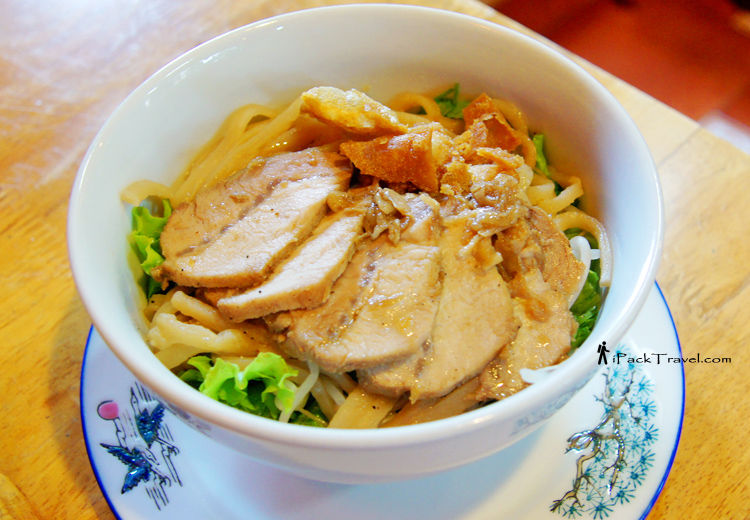
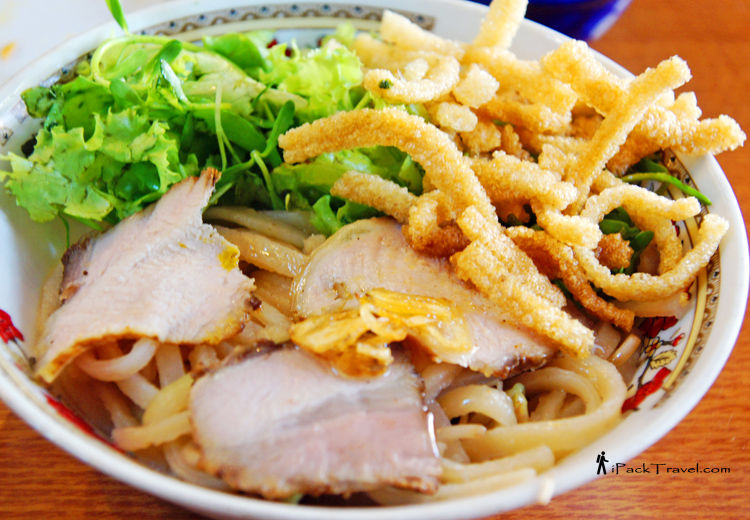
2. Mì Quảng (Quang-Style Noodle)
Mì quảng (known as Quang Nam noodle) is not a dish but a type of local noodle in Quang Nam. The noodle is usually wide rice noodle and sometimes added with turmeric to made the noodle looks yellow. The noodle can be served with soup or dry with pork, shrimp, chicken, fish or beef but will almost always have chunky peanuts. Apart from the noodle, all the ingredients in a bowl of mì quảng can differ between the eating places that serve them.

3. Cơm Gà (Fried Rice with Chicken)
While Hainanese chicken rice is the pride of Singapore people, cơm gà is the pride of Hoi An people. Both dishes have some Hainanese influence in the way the chicken is prepared, but the dishes are not Hainanese.
The rice in cơm gà is fried with turmeric to make it yellow. The boiled chicken is usually shredded and put on top of the rice with shredded onions, mint, a piece of lime, and other greens. Cuts of hard-boiled egg may be thrown in too.
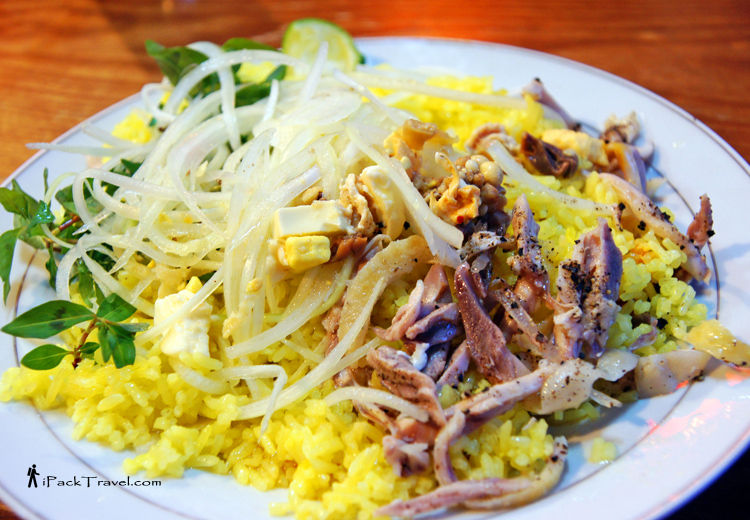
4. Chả giò (Fried Spring Roll)
As far as I know, fried spring roll is a popular Vietnamese food that is available throughout Vietnam but most restaurants in Hoi An town will put this item under the "Hoi An Specialties" category. Hoi An probably has a different way to prepare fried spring rolls or some of the ingredients are different. Anyway, there is no harm trying all the variants in different cities of Vietnam.
The main ingredients of chả giò can be minced pork or shrimps, or both, and vegetables (usually shredded carrot and radish with herbs) wrapped in rice paper before being fried. When eating, dip the spring roll in a light sauce made from fish sauce, sugar, chili, lime or vinegar, etc.

5. Hoành Thánh Chiên Giòn (Fried Dumpling)
The dumplings (or wan ton in Chinese food culture) used in a dish of hoành thánh chiên giòn can be either pork or shrimp dumplings and they are always fried. Other than that, how the dish is served is entirely up to the creativeness of the chefs in the restaurants. The fried dumplings can be served plain with dipping sauce or topped with sour-sweet vegetables, sometimes added with pork or chicken.
Although dumplings are introduced by the Chinese, Hoi An people serves them in different styles and created a specialty of their own.
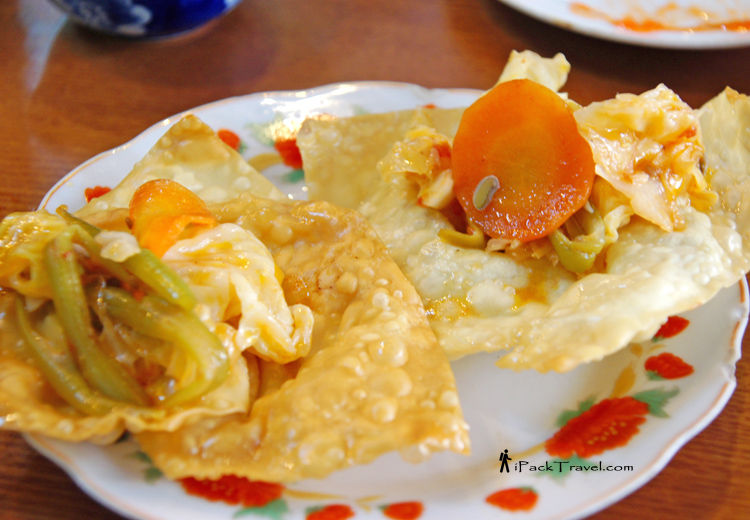
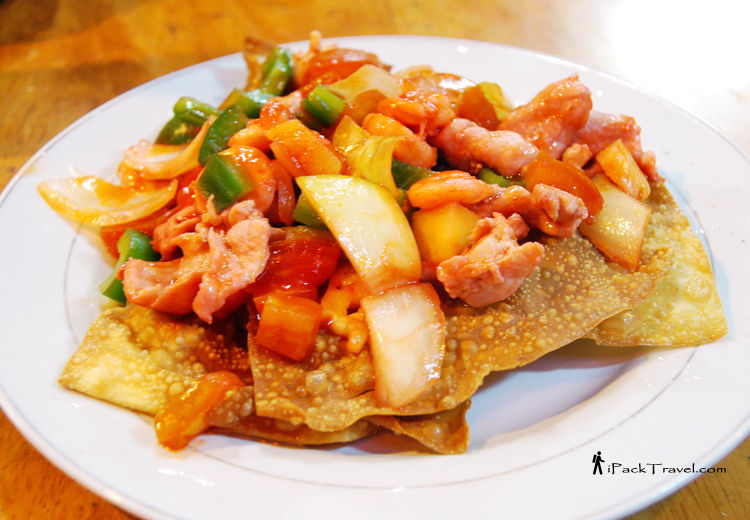
6. Bánh Bao, Bánh Vạc (White Rose Dumpling)
Bánh bao, bánh vạc is a type of shrimp dumplings with translucent skin. It is usually made to look like a flower and topped with garlic, which is fried till crispy. The dumpling is eaten after dipping in the accompanying sauce, which is the special concoctions of different restaurants. Apart from the beautiful appearance, the dipping sauce and fried garlic gives the dumplings more delightful flavour.
The French called this dish "white rose" and hence its name till these days.


7. Bánh Xèo (Fried Pancake)
Although the Vietnamese fried pancake can be found in other parts of Vietnam, it is more popular and always recommended in Hoi An restaurants. After frying the rice batter, shrimps and vegetables are stuffed in between the folded pancake and served with herbs for extra flavour. Bánh xèo can be eaten as it is, or wrapped in rice paper with the herbs, and dip in spicy or sweet sauce before eating.
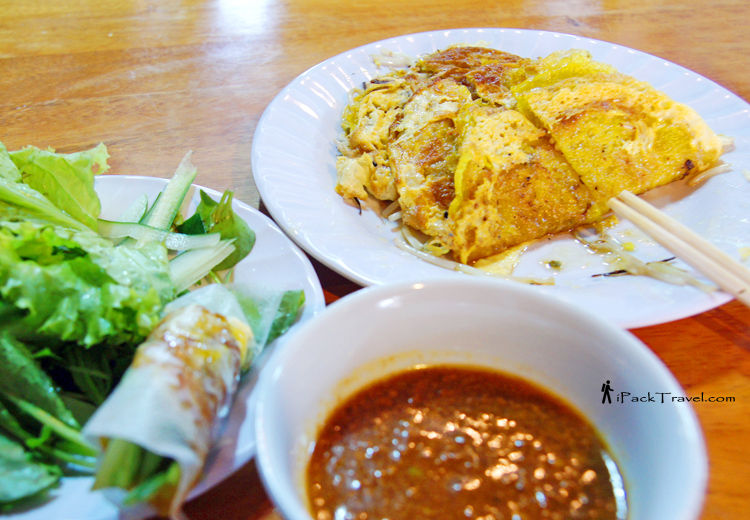
8. Bánh phu thê (Conjugal Cake)
Bánh phu thê or bánh xu xê (or SuSe Cake) is a collective term for traditional Vietnamese cakes made from glutinous rice with stuffing made from mung beans (green beans). The cake is usually light yellow in colour and is wrapped in a box made from banana leaf. The conjugal cake is usually served at Vietnamese weddings or as invitations to a wedding.
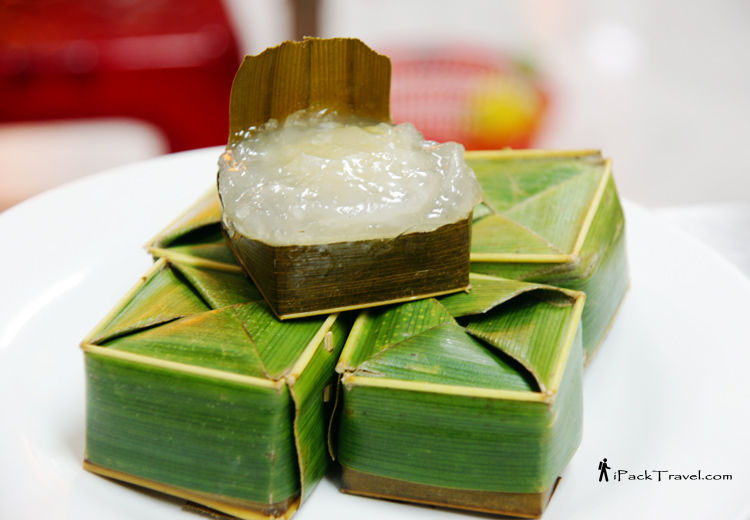
Below is another version of bánh phu thê. Due to its shape and size, the yellow cake is often confused with bánh ít lá gai (gai leaf little cake), another traditional cake that is black in colour due to its ingredients. Both have mung bean paste stuffings and are wrapped in triangular forms using banana leaves but with a slight difference in how each is wrapped. Bánh ít lá gai is usually used during traditional festivals to worship ancestors.

If you know a little about Chinese food, the conjugal cakes is similar to Chinese's red ku kueh (literally "red tortoise cake", but more commonly known as "ang ku kueh" in Hokkien), where mung bean paste or peanut paste are stuffed in red-coloured glutinous rice flour skin.

Apart from the noodle and rice dishes, all the others are pretty light items. You can probably try all the Hoi An's specialties in 3 meals within one day. And if you like any of them, go for it again the next day in other eateries or restaurants, the experience will be different.



Comments